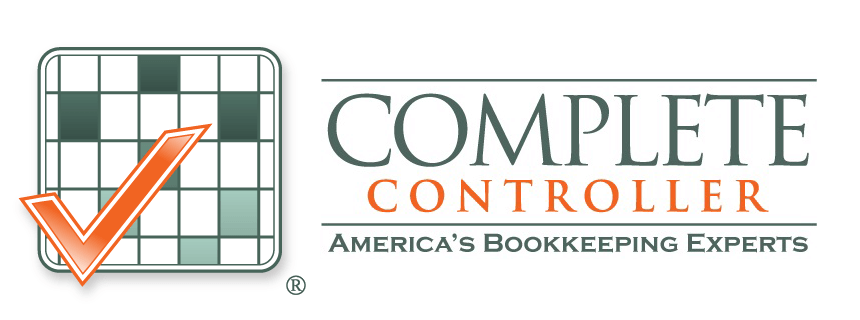According to a report prepared by GAO (Government Accountability Office) last year, ten major federal agencies spend over $337 million yearly to support IT systems between the ages of 8 and 51. However, the statistics show a deviation from the push towards the cloud and modernization that the companies need to adopt.
Innovation and cloud computing work in tandem, and it’s hard to define one without the other. Cloud computing supports many emerging technologies, such as automation, machine learning, and artificial intelligence. Automation, in particular, requires extensive manual processes to allow workers the necessary time to learn automation for efficient results.
In retrospect, a high percentage (60% to 80%) of human resource, finance, and procurement tasks are automatable. Moreover, the adoption has resulted in organizations saving at least 30% of the net cost. Other research depicted that resources worth $40 billion—$80 billion could be transferred to other value-added practices.

Several federal agencies opt for automation to conduct their day-to-day operations in the modern era. For instance, NASA currently powers George Washington, the first digital bot run by the government. Due to its automation capabilities, the bot handles a variety of HR and procurement practices.
Another automated feature the government uses is the bilingual chatbot Emma, which works for the US Citizenship and Immigration Services (USCIS). Emma was named after the renowned poet Emma Lazarus and answers questions. The US Army works with the chatbot Sgt—-Star, which handles inquiries about joining their services.
“Modernization is a constant state of change and part of the day-to-day business of technology at every agency.”
– Cloud Smart Strategy.
A Solution Like Never Before – An Integrated Cloud Data Management System
Data links old systems with new ones. In other words, if agencies want to transform their infrastructure, they must efficiently move their data to these systems and use it for future operations.
However, federal organizations need a robust cloud-based data management system to ensure these modernized legal systems work proactively. The system can provide a single, secure source of on-premises data integrated into the cloud.
Moreover, the cloud platform’s flexibility can allow it to collaborate well with various hardware and software components. Statistics by Deloitte show that the government sector can save 1.2 billion working hours by involving automation in their ranks.
Agencies should invest time during the design phase to combine automation and cloud systems for a high-function IT service model. They need to understand the nature of their data and technology to determine the gap between them and devise practices to fill it. In hindsight, the following steps are mandatory to implement cloud-based automation.
- Develop an implementation plan.
- Establish a sound infrastructure that will test and modify the plan.
- Deploy software for daily operations.
- Monitor the pivotal points and perform exceptional operational steps.
- Commence work on the next plan.
Moreover, it is recommended that federal organizations should use tools that complement each other. In other words, old systems work well with older operations and require manual monitoring. However, automated systems reduce risks substantially by developing, testing, delivering, remediating, and monitoring practices.
They need to determine which tools fit in which category and whether they are compatible with them. With enough knowledge and robust planning, federal agencies can perfectly embrace automation. According to research by Garter, around 22% of the national budget is spent on cloud transformation. At the same time, approximately 20.6% of the local governments’ expenses are spent on the cloud.

Practices to Improve the Impact of Cloud-Based Automation
Develop application programming interfaces from the start
APIs are the future of development since you can connect everything with them. They permit automated backend access to any application, regardless of its age. With the help of APIs on multiple applications, the agencies can create special programmatic software to work with them.
Infrastructure as code
Another effective practice is using the IAC descriptive model. This method is used by the DevOps team, which sources the code for every project deployment. It also enables the development team to perform production by losing the monitoring of the operations team.
Avoid creating silos
Simplicity is the key to success, so it’s unnecessary to go overboard and create silos. Previously, organizations had little to no success building and sharing infrastructures among departments. However, with the help of APIs, the agencies can attain a single set of tools for various applications.

Conclusion
When people talk about innovation, their minds tend to focus on the big picture, such as massive systems, architectures, etc. On the contrary, the essential aspect of modernization is data and how different systems utilize it. The transformation can only be successful if the agencies integrate data exceptionally and optimize their operations.
 About Complete Controller® – America’s Bookkeeping Experts Complete Controller is the Nation’s Leader in virtual bookkeeping, providing service to businesses and households alike. Utilizing Complete Controller’s technology, clients gain access to a cloud platform where their QuickBooks™️ file, critical financial documents, and back-office tools are hosted in an efficient SSO environment. Complete Controller’s team of certified US-based accounting professionals provide bookkeeping, record storage, performance reporting, and controller services including training, cash-flow management, budgeting and forecasting, process and controls advisement, and bill-pay. With flat-rate service plans, Complete Controller is the most cost-effective expert accounting solution for business, family-office, trusts, and households of any size or complexity.
About Complete Controller® – America’s Bookkeeping Experts Complete Controller is the Nation’s Leader in virtual bookkeeping, providing service to businesses and households alike. Utilizing Complete Controller’s technology, clients gain access to a cloud platform where their QuickBooks™️ file, critical financial documents, and back-office tools are hosted in an efficient SSO environment. Complete Controller’s team of certified US-based accounting professionals provide bookkeeping, record storage, performance reporting, and controller services including training, cash-flow management, budgeting and forecasting, process and controls advisement, and bill-pay. With flat-rate service plans, Complete Controller is the most cost-effective expert accounting solution for business, family-office, trusts, and households of any size or complexity.




